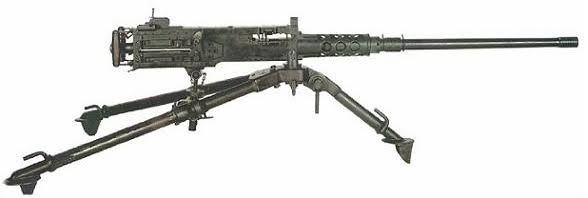The P-40 had a lot of shortcomings but was known for it ruggedness, yet it had a Allison liquid cooled engine. From what I've read liquid cooled engines are not known for their ruggedness. How did the p-40 pull this off?
Speaking shortly, I will highlight these two areas, its tough manufacture, and its quite protected liquid-cooled radiators.
It #1. It’s strong build: although mostly a pursuit plane, Curtis had half an eye on her and built her tough as a matter of fact for both of both chores, which she performed.
She could handle harsh conditions and a broad range of climates such that she served in climes as wide as China South West Pacific North Africa and the arctic for the Soviets.
Its partially modular design was easy to support in the field.
It was missing innovations such as ailerons boosted or automatic leading edge slats, but its robust structure comprised a five-spar wing, meaning that the P-40s could pull high-G turns, and even withstand some midair collisions.
Occasionally intentional ramming attacks by army aircraft as being victorious against enemy planes had been recorded both in the desert and in Russia. Clive Caldwel, 28 1/2 victories in the P-40, said P-40s “would take a tremendous amount of punishment, violent aerobatics as well as enemy action”.
(Above: One of the offered features of the P-40 was two reasonably small radiators, to the front and in a better size and placement than that of the P-51’s huge belly radiator which was a true sitting duck for victims of fire from behind or below. No aftercooler and causation of aftercooler of coolant system, that was an advantage, strength-wise. This little radiator set up was a big part of the toughness and survivability of the P-40 and according to Ray Wagner, Air Force Historian, it helped give the P-40 a survivability per combat sortie ratio of 0.8 per cent much better than the P-38’s horrible, 1.4 per cent, P-51’s poor 1.2 per cent and almost as good as the tough P-47’s best of 0.7.
(Above/below: Inside the ‘mouth’ of the shark mouth are the twin circular radiators themselves rather well designed and protected as far as a liquid cooled engine is concerned (fire from the front was much less likely – though it was not a certainty).
(Below: In here you can see the radiators slung underneath the engine (.)
(Below: Another nice example displaying some of the oil system and the oil radiator).
(Below: A good shot of two coolant radiators and the oil radiator underneath in a triangle).
Such are large reasons as to why the P-40 was so strong…esp. for a liquid-cooled Allison V-1710.




